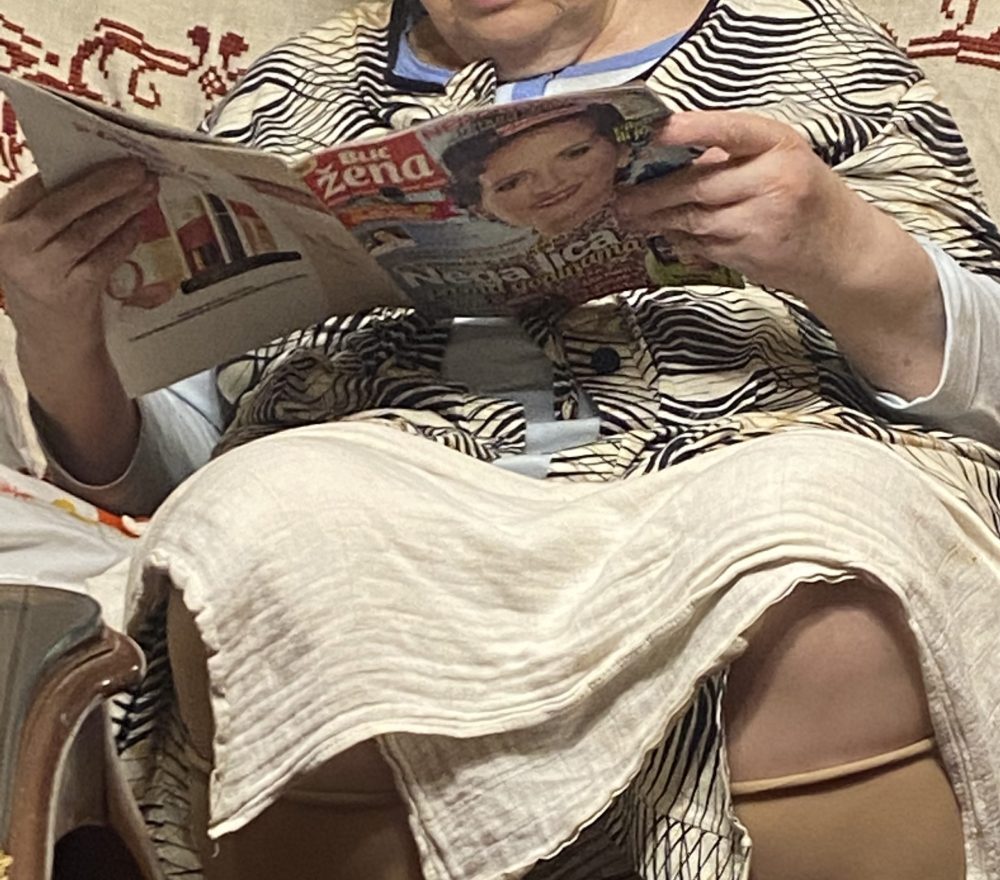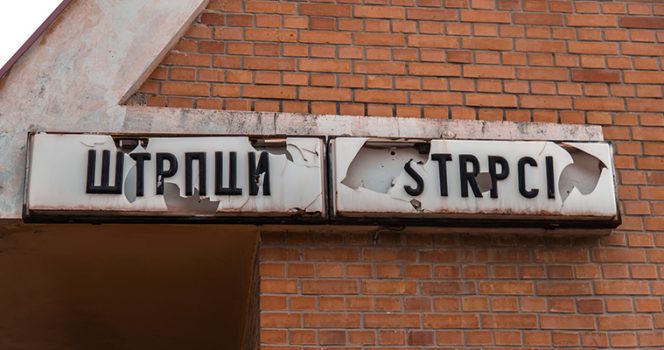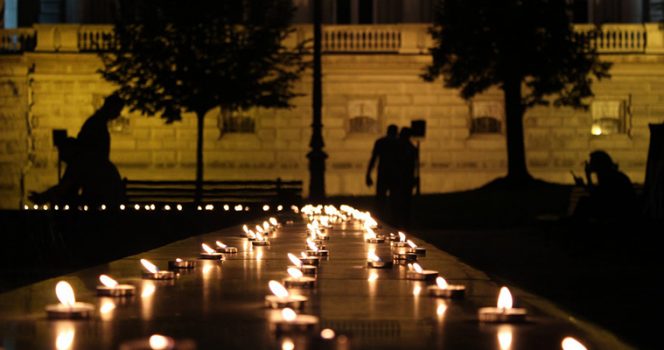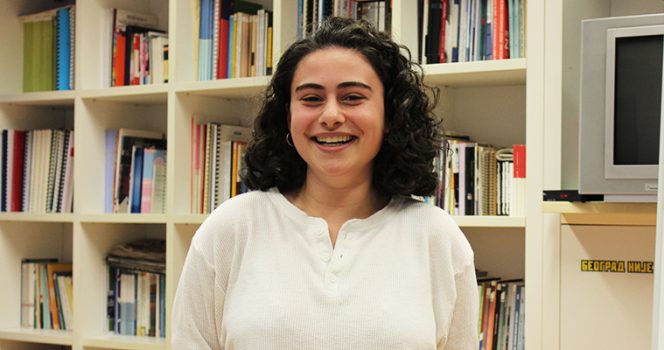
The Banal in Our National Identity
I’m writing this article partly because I want to continue to explore my own relation to national identity and how it affects me. For that, I need to go through the looking glass.

I’m writing this article partly because I want to continue to explore my own relation to national identity and how it affects me. For that, I need to go through the looking glass.

In a few days, the 27th anniversary of the abduction at the Štrpci railway station will be marked. This is the railway station at which the express train no. 671 would not normally make a stop. On February 27 1993, members of the paramilitary group Avengers abducted 20 passengers from the Belgrade-Bar train. Among the abducted, there were 18 Bosniaks, one Croat and one person of unknown origin and of darker skin tone.

The trial against Miloš Čajević for crimes committed in Brčko in 1992 was held before the War Crimes Department of the Higher Court in Belgrade on Tuesday.

On July 14 1995, 1313 civilians were killed in a warehouse at the farmers’ co-op in the village of Kravica. On December 12 2019, defence witness Ljubisav Simić, former president of the Bratunac Municipal Assembly, said that this had been an incident which occurred after one person from the group of Bosniak civilians had grabbed the gun from the member of Serbian forces.

Tim Sebastian, a reporter for Deutsche Welle, invited Ana Brnabić to his segment The Conflict Zone on Wednesday the 14th of November. The segment is known for Sebastian’s tough questions and controversial interviewees.